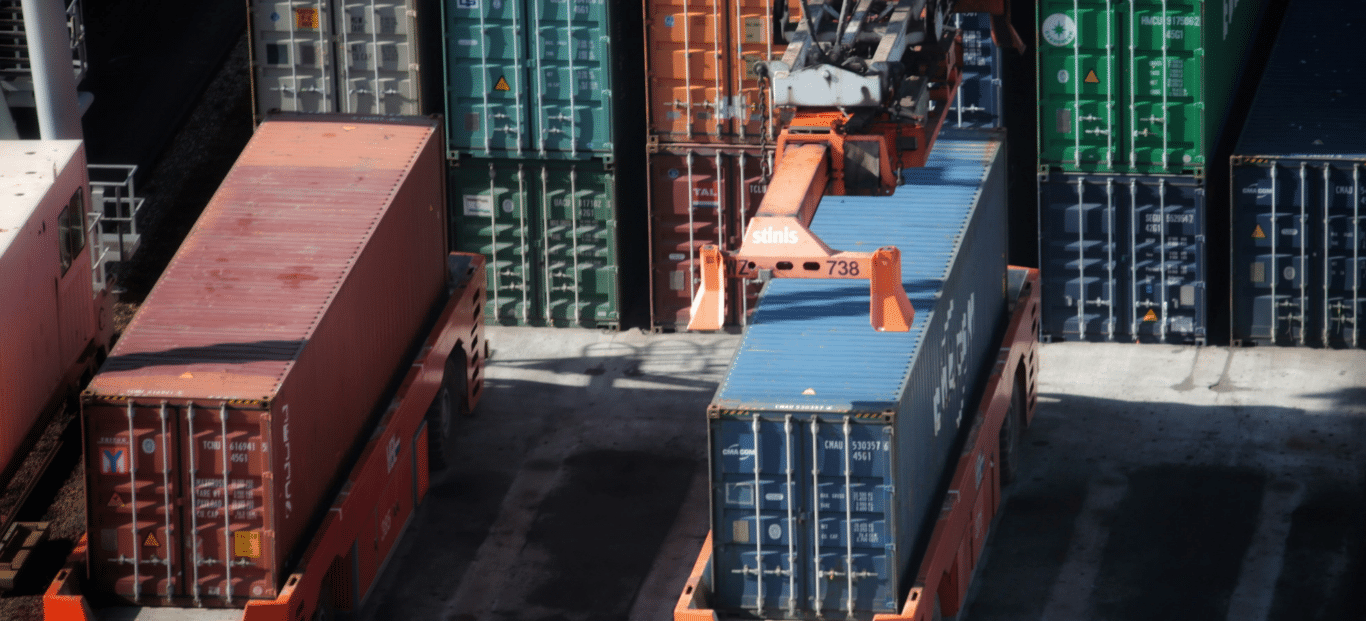SITACI develops, implements and maintains its own WMS solution
Building your solution
Your tailor-made solution
We work closely with you to build a tailor-made solution, tailoring features and processes to your specific requirements. From initial configuration to activation of additional modules and connectors, including the choice of security level, each aspect of the platform is adjusted to offer you optimal performance and perfect integration into your operations.
Autonomy and control at the service of your business
Customization of screens:
- Customization of functions for the company, the group, the User
- Configuration on screen if necessary
- Management of rights and profiles at the store and at the depositor
Functional autonomy
- Import engine,
- Settings on the depositor, family, article
- Fully configurable push flow
- Fully modelable warehouse


Technological autonomy
- EAI for interfaces
- Access to the report and label generator
- Built-in requester
- Pairing with Excel
- OLA Cube
Extensive use
- Photo integration and photo taking
- Integrated document management
- Internal and customer emails
- Integrated workflow to create links between services
Exception handling
- Error on receipt and modification of receipt
- Stock correction and variance management
- Break in preparation and management of re-preparations,
- Modification of orders: in portfolio, outstanding, after preparation, etc.
- Reissue of documents, labels,
- Modification of carrier routes, choice of the lowest bidder at any time of the order
- Replay interfaces
Ergonomics
- Creation of business processes to present flows,
- Use in tablet, PC or PDA mode,
- WCS for mechanization:
- Robot
- Conveyor, Pick & Put to light,
- Selection by voice (by Vocollect)


1st approach: Digitize your logistics for rapid productivity gains
Step 1: Study
- Analysis of the warehouse topography, the particularities of the articles and the logistics processes,
- Presentation of the WMS tool and its advantages,
- Establishment of system operating rules.
Step 2: Realization
- Flow modeling and pre-configuration of the solution,
- Creation of operating procedures,
- Preparation of work environments.
Starting from your current operations, SITACI can digitize your warehouse with its WMS software without disrupting your organization, allowing rapid and significant gains while modernizing the tasks of your teams.
Goals
Timing and reduced costs: A rapid start-up with controlled timing and optimized costs.
Digitalization of current flows: Modernize current warehouse logistics processes.
Plug & Play solution: Pre-design of the solution and ready-to-use delivery.
Direct implementation: Direct application on the client's business cases in their environment for rapid appropriation.
First gains: Obtain gains quickly to strengthen the credibility of the project.


Our commitments:
Benefits: Establish a robust foundation for continuous improvements without causing major upheavals.
Progressive approach: Anchor new practices using a step-by-step approach.
Agility and opportunism: Adopt flexible and opportunistic working methods.
Feedback: Systematize feedback for constant improvements.
Our approach will allow you to accelerate and optimize your logistics processes , by gradually anchoring new practices for lasting results.
2nd approach: Thoroughly rethink your logistics for greater adaptability and responsiveness
Step 1: Study
- Review of logistics flows,
- Analysis of opportunities and potential benefits,
- Definition of logistics projects directly and indirectly linked to the WMS for the future organization,
- Establishment of a progress plan to achieve the desired objectives.
Step 2: Realization
- Redesign of existing processes and validation tests,
- Development of technical and organizational adaptations.
Step 3: Deployment
- Appropriation of the solution by the teams,
- Realization of implementation scenarios,
- Operational start.
Our teams support you to thoroughly review the organization of your business, thus optimizing your profitability and strengthening your robustness.

Stéphane DE RENTY
President/CEO of Frenchlog
“It (WMS EGO) is a real toolbox. We can have a lot of things processed.”
More than just software
Our value proposition is built around support and complementary services which enable us to enrich and improve our clients' projects over time.
Book a free demo
Contact us to book your EGO WMS demo
Ready to find out how we convinced more than 580 customers to optimize their logistics with EGO WMS?
Please fill out these fields
to book a demo




















